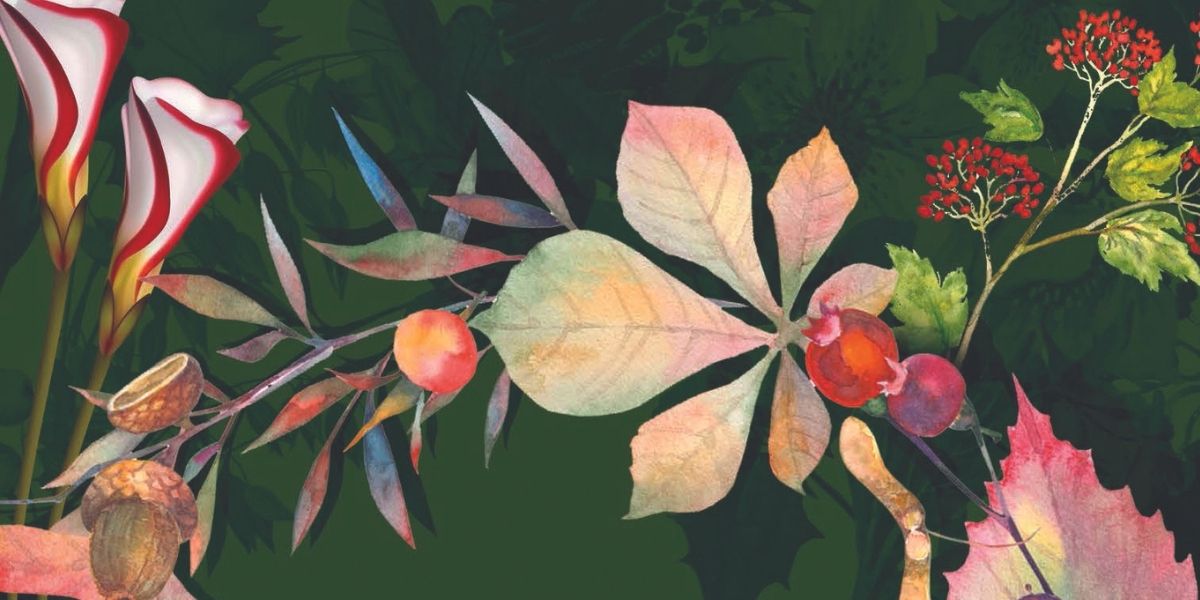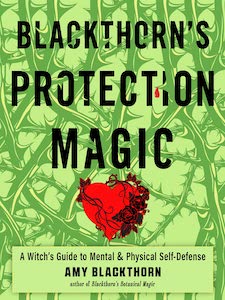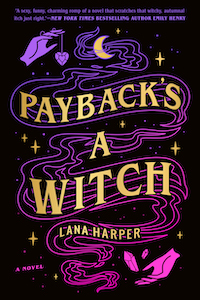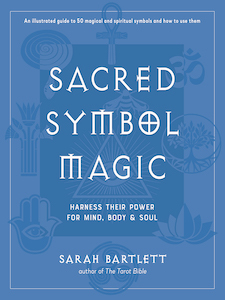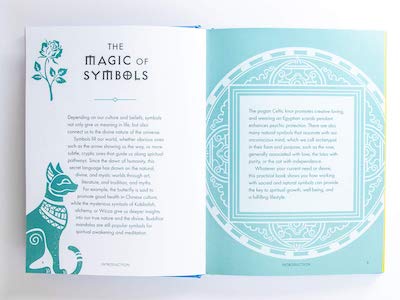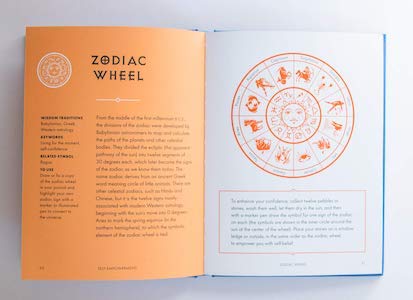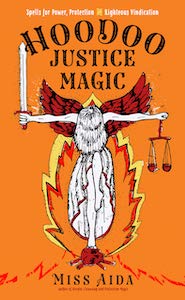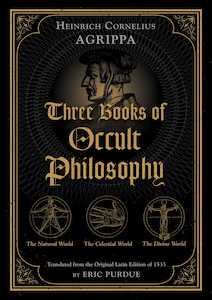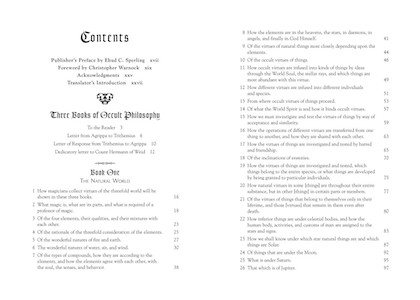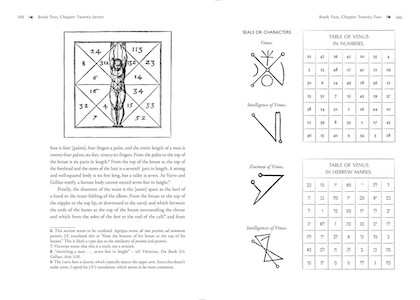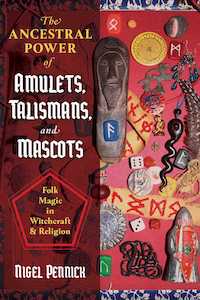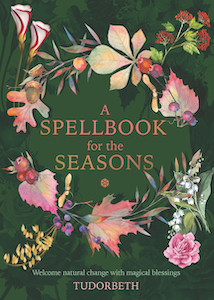
A Spellbook for the Seasons: Welcome Natural Change with Magical Blessings, by Tudorbeth
Red Wheel Weiser, 9781590035375, 224 pages, March 2022
It’s always wonderful to step into a new season. How inspiring to embrace the changes in the natural world – differences in the light, the weather, the plants, the holidays. A Spellbook for the Seasons: Welcome Natural Change with Magical Blessing by Tudrobeth is a companion to the seasons that will greatly enhance your experiences and show you in so many ways how we are connected to the natural world.
Tudorbeth invites the reader to embrace the seasons and to “investigate these festivals (that are celebrated), the practical magic that flows through our seasons, and the gods that rule over the different times of the year.”1 I particularly liked that the book opens with two blessings: one for sisters and brothers around the world and one for the seasons and the turning of the wheel of the year.
The book is divided into the four seasons, with focus on each season’s garden, crystals, goddesses and gods, and spells, blessings and rituals. As I read the book in the spring, I focused most of my attention on that season. The spring months are associated with the Celtic deities such as Ostara, Belenus (Beltaine), and Brigid. The spring’s spells, blessings, and rituals include those for encouraging flowering in the garden, a daisy love ritual, and Ostara fresh air spell.
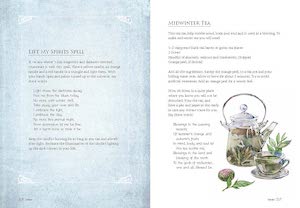
I performed the Ostara ritual on Ostara Eve, as the ritual is meant to embody hope, and then I made Ostara magic salt on the night of the full moon in March. When sprinkled around the home or office, it ensures bright ideas and business success. I now have my jar of pink salt sitting in a glass jar, ready for use! I enjoyed following Tudorbeth’s guidance and felt these small magical acts really attuned me to the energies of the season of spring.
For spring cleaning, there’s a small section on decluttering. I loved the Charm of Manannan. As Tudorbeth explains, the Celtic god, Manannan is a “foster father to the many children he takes under his care, and as a protector god he cares deeply for his children.”2 The Charm of Manannan is meant to bring about a loving and caring family home environment.
Additionally, there are rain blessings and rain energy spells that are meant to be done in a spring rainfall. The section on Beltane traditions provided an overview of Beltane, a cleansing detox ritual, and a spring sage clearing ritual. The Charm of Belenus is meant to be done toward the end of spring. The Charm is meant to invoke a happy, fun, and prosperous environment.
My recommendation for using this book to full advantage is to read the section on the upcoming season prior to the season’s arrival so that you have time to gather the items needed for the spells. While some might need to be collected at the last minute, such as flower-specific items, you can be prepared with other items such as salts, colored candles, essential oils, and shells. And then take your time in the season, experimenting with what you’re drawn to.
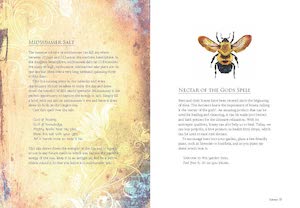
The sections on the season-specific garden offered suggestions on bringing wonder and magic into your outdoor space and inviting in the fairies. For spring, they include bluebells, hyacinth, and lily of the valley. As spring is associated with rain and showers, Tudorbeth focused on the power of the rainbow, and the suggested crystals include the colors of spring that form a pentagram of rainbows. The five spring crystals are rainbow opal, rainbow moonstone, rainbow obsidian, rainbow pyrite, and rainbow quartz.
The one downside for me was that some of the items were not readily available where I live such as periwinkle flowers or hawthorn twigs but again, with advance notice (e.g. reading the season in advance) I probably could have searched them out.
The other seasons are also given justice. Summer focuses on love, featuring Aphrodite and Apollo, a spell to welcome nymphs into the garden, Midsummer salt, a Lammas gratitude ritual, and a ritual for Midsummer enchantment. For Autumn, among other things, there is a clarity spell, an equinox healing ritual, a Mabon success spell, a Charm of Minerva (one of the three Roman deities who rule over the Autumn months), and a Samhain remembrance potion. Winter offers a first snow spell, an ice wand consecration ritual (if you are able to get an icicle), a Charm of Odin, midwinter tea, and an Imbolc ritual.
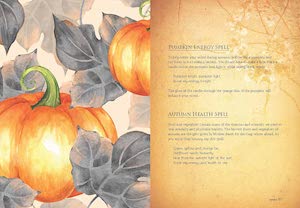
The most amazing part of A Spellbook for the Seasons is all the colorful, informative pictures. This is a gorgeous book to have on a table in your home because of the aesthetics that make it soothing to read through. The beauty of this book naturally entices one to want to perform with all the potent magic within. I really enjoyed the many hand-drawn illustrations, along with how the text on each page was simple and elegant. There is no clutter in the book, making it easy to focus on the spellwork or ritual you’re performing.
Tudorbeth is a hereditary practitioner of the Craft. The rules and gifts of herb lore, scrying, healing, tasseomancy, numerology, and candle magic have been passed down to her through several generations. I especially loved her reminder that we are meant to “use the gift that nature brings with these spells, but in return give something back … We are all connected to one another and everything around us. We are nature.”3 I highly recommend A Spellbook for the Seasons with encouragement to plan ahead to be able to use the knowledge imparted within its pages to full advantage.
Anne Greco is a non-fiction writer who writes about her life experiences and travels with humor, keen observations, and the hope that her words will remind us that “we’re all just walking each other home.” Her book, Serendipity: Chance Pilgrimages, tells the story of Anne encountering her places of power. As she reconnects with herself at each site, Anne also develops a deeper understanding and appreciation of her connection to both the seen and unseen worlds. Learn more about her work here: http://annegrecowriter.com.
